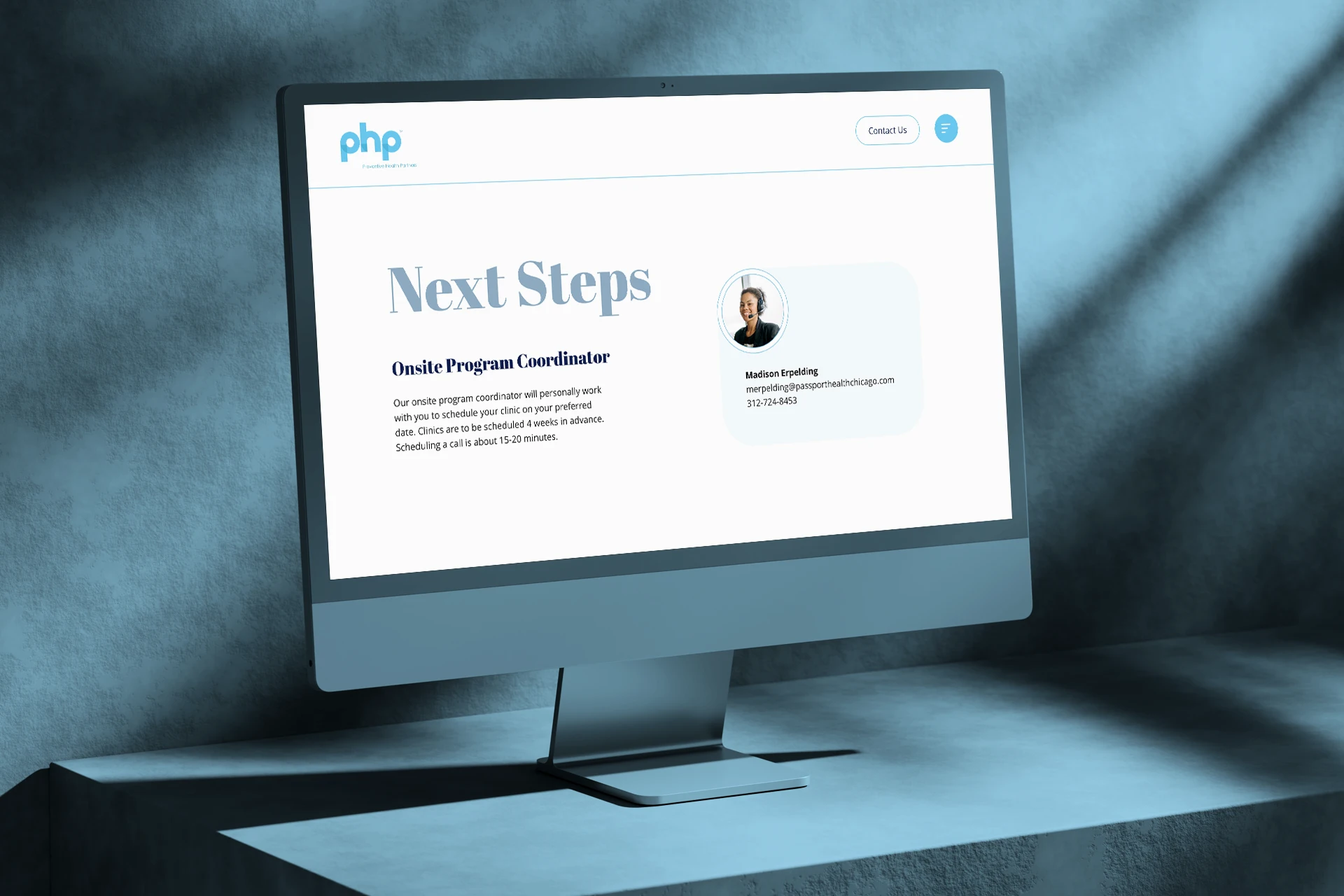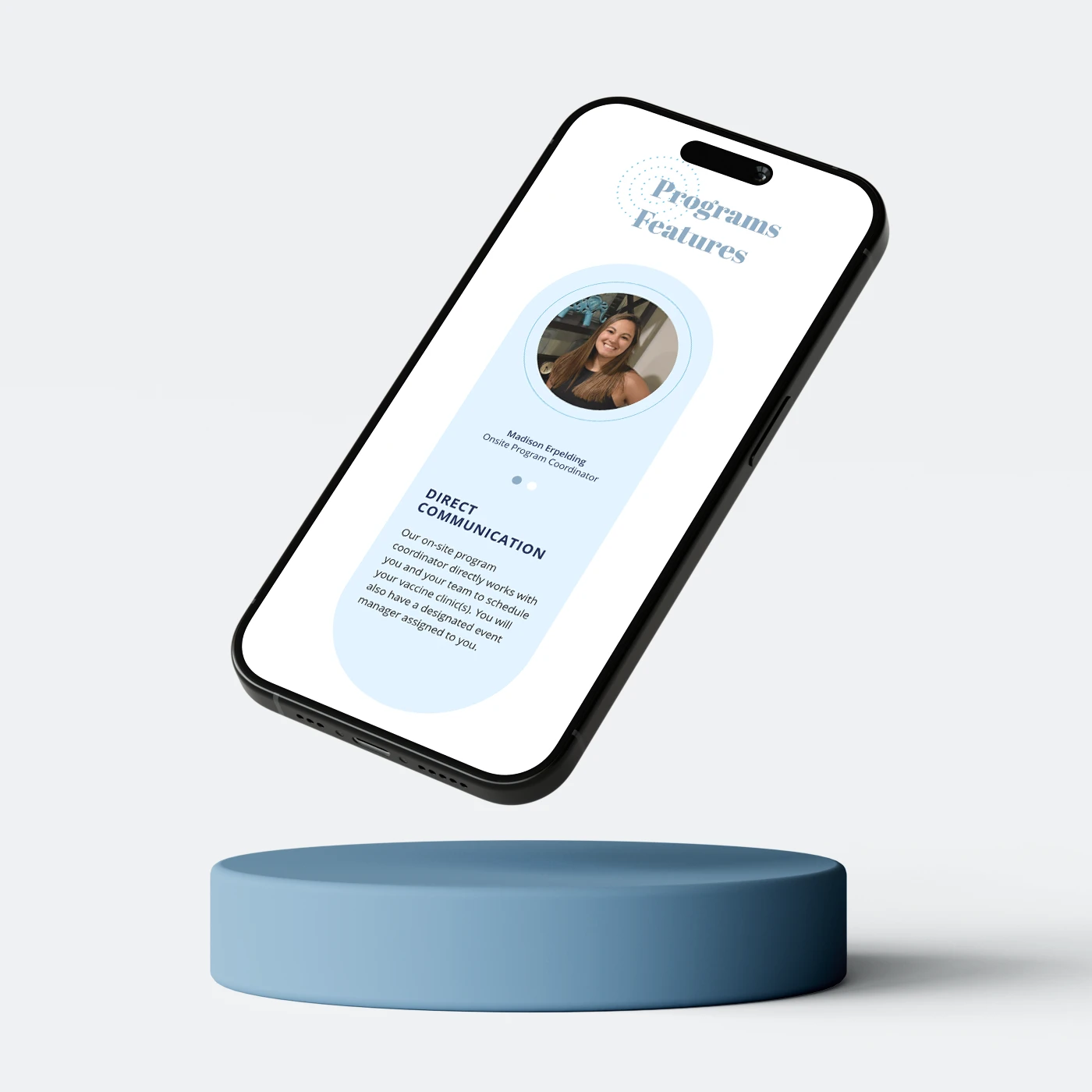Redesigning a website is like giving it a fresh new outfit. It’s not just about looking good—it’s about feeling great and making a memorable impression. From eye-catching graphics to seamless navigation, every detail matters.

In today’s digital landscape, a website serves as the primary touchpoint between a brand and its audience. Therefore, a website redesign is not just a visual overhaul but a strategic process that incorporates branding, graphic design, usability, accessibility, and user experience (UX). These elements must work cohesively to create an engaging and effective design language.
Branding
The Core Identity
Branding is the soul of your website. It’s what makes your site uniquely yours. During a redesign, it’s crucial to ensure that your brand’s identity is consistently communicated across all pages. This involves a thorough understanding of your brand’s voice, values, and visual identity. Elements such as logo placement, color schemes, typography, and imagery should reflect your brand’s personality and resonate with your target audience. A strong brand presence builds trust and fosters loyalty, making it essential for your website to convey a clear and cohesive brand message.
When planning a website redesign, it’s important to know when to bring in professional help to ensure success. Once you’ve established clear objectives for your redesign, it’s a great time to involve a web agency. They can help refine these goals with their industry expertise, ensuring they are realistic and achievable. Agencies bring a wealth of experience and can provide insights you might not have considered, aligning your vision with best practices and current trends.
After analyzing your current site and identifying strengths and weaknesses, an agency can offer a fresh perspective. They can validate your findings with their professional assessments and suggest innovative solutions to address any issues. Their expertise in user experience (UX) and technical optimization can elevate your initial analysis, making your redesign more impactful.
If you’ve gathered basic user research but need deeper insights, an agency can conduct comprehensive user studies. They can help create detailed user personas and user journeys, ensuring your redesign caters precisely to your audience’s needs. Their experience in various market segments allows them to tailor strategies that resonate effectively with different demographics.
Engaging an agency during the competitor analysis phase can provide you with a competitive edge. Agencies have access to advanced tools and industry reports that offer a more detailed look at your competitors’ strategies. They can help identify gaps and opportunities that might not be immediately apparent, enabling you to position your brand uniquely in the market.
Content is critical to your website’s success, and agencies excel at crafting compelling content strategies. After you’ve reviewed your current content, an agency can help you plan and produce high-quality, SEO-optimized content that engages users and drives traffic. They can also assist in developing a content calendar and creating a cohesive narrative that aligns with your brand voice.
While you may have an internal team, an agency can provide specialized skills that are hard to find in-house. From advanced design techniques to cutting-edge development capabilities, agencies bring a broad range of expertise. Engaging them at this stage ensures that you have all the necessary resources to execute your redesign flawlessly.
An agency can help fine-tune your project plan, providing realistic timelines and identifying potential roadblocks. They can offer project management services to keep everything on track and ensure efficient communication between all stakeholders. Their experience in handling complex projects can streamline your process, making it smoother and more efficient.
Engaging an agency at the right time can transform your website design from good to great. By bringing them in after you’ve laid the groundwork, you ensure that your project benefits from their expertise, creativity, and strategic thinking. With the right agency partner, your website redesign will not only meet your goals but exceed your expectations, creating a standout online presence that delights your users.
The Visual Communication
Graphic design is more than aesthetics; it’s about visual communication. Effective graphic design harmonizes with branding to create an appealing and intuitive user interface (UI). This involves selecting appropriate images, icons, and graphical elements that enhance the overall look and feel of the website while supporting the content. The goal is to create a visually engaging environment that guides users naturally through your website, making their journey both pleasant and purposeful. Well-executed graphic design can capture attention, evoke emotions, and reinforce your brand’s message.

Usability: The Ease of Use
Usability is at the heart of user experience. A beautifully designed website is meaningless if users find it difficult to navigate. Usability focuses on the ease with which visitors can interact with your website. This includes intuitive navigation, clear call-to-actions (CTAs), and logical information architecture. User testing during the redesign process can identify pain points and areas for improvement, ensuring that your website is user-friendly and meets the needs of your audience. A site with high usability keeps users engaged, reduces bounce rates, and increases the likelihood of conversions.
Accessibility: Inclusive Design
In today’s inclusive digital world, accessibility is a non-negotiable aspect of website design. Accessibility ensures that all users, including those with disabilities, can interact with your website effectively. This involves adhering to web accessibility standards, such as providing text alternatives for images, ensuring sufficient color contrast, and enabling keyboard navigation. An accessible website not only broadens your audience reach but also demonstrates your brand’s commitment to inclusivity and social responsibility. It’s about creating an equitable experience where everyone, regardless of their abilities, can access and enjoy your content.
Experiences: Beyond Interaction
User experience (UX) encompasses all aspects of the user’s interaction with your website. It’s about creating meaningful and memorable experiences that go beyond mere interaction. This involves understanding the user’s journey from the moment they land on your site to their final action. Personalization, interactive elements, and emotional engagement play vital roles in enhancing UX. By anticipating user needs and providing tailored content, you can create a more engaging and satisfying experience. A positive user experience encourages repeat visits, enhances brand perception, and drives customer loyalty.
A Holistic Approach
A successful website redesign is a holistic process that integrates branding, graphic design, usability, accessibility, and user experience. Each element must be carefully considered and meticulously executed to create a website that not only looks great but also performs effectively. By focusing on these key areas, you can build a website that reflects your brand’s identity, communicates your message clearly, and provides an inclusive and enjoyable experience for all users. In the end, it’s about creating a digital presence that not only meets but exceeds the expectations of your audience.
First Steps to Consider When Embarking on a Website Redesign
Embarking on a website redesign can feel like a big adventure, but with the right steps, it can be a smooth and exciting journey. Here are the first steps to consider:
1. Define Your Goals
Before diving into the design process, it’s essential to establish clear goals for your website redesign. What do you want to achieve? Are you looking to increase traffic, improve user engagement, boost sales, or refresh your brand’s image? Having specific objectives will guide the entire redesign process and ensure that every decision aligns with your overall vision.
2. Analyze Your Current Site
Take a close look at your existing website. Identify what works well and what doesn’t. Use analytics tools to understand user behavior, pinpoint high-performing pages, and highlight areas where users drop off. Gathering this data will help you understand what needs to change and what should stay, providing a solid foundation for your redesign.
3. Understand Your Audience
Knowing your audience is crucial for creating a website that resonates with them. Conduct user research to gather insights into their preferences, needs, and pain points. Create user personas to represent your key audience segments and tailor your redesign to meet their specific needs. The better you understand your audience, the more effective your website will be.
4. Benchmark Against Competitors
Look at what your competitors are doing. Analyze their websites to see what works well and what could be improved. This benchmarking exercise can provide inspiration and help you identify opportunities to differentiate your site. However, make sure your redesign stays true to your brand and unique value proposition.
5. Plan Your Content Strategy
Content is king, and a website redesign is the perfect opportunity to review and refine your content strategy. Ensure that your content is engaging, relevant, and aligned with your brand voice. Plan the structure of your content to ensure it’s easily accessible and provides value to your users. Don’t forget to optimize for SEO to improve your search engine rankings.
6. Assemble Your Team
A successful website redesign requires collaboration between various experts. Involve web design agency that has in-house team of web designers, developers, content creators, SEO specialists, and project managers. Each member brings a unique perspective and skill set to the table, ensuring a comprehensive and well-rounded redesign process.
7. Create a Project Plan
Develop a detailed project plan outlining the timeline, milestones, and deliverables for your website redesign. Establish clear roles and responsibilities for each team member and set realistic deadlines to keep the project on track. Regularly review progress and adjust the plan as needed to ensure a smooth and efficient redesign process.
Starting a website redesign can be an exhilarating endeavor. By taking these initial steps, you’ll set a solid foundation for a successful transformation that not only meets your goals but also delights your users.









